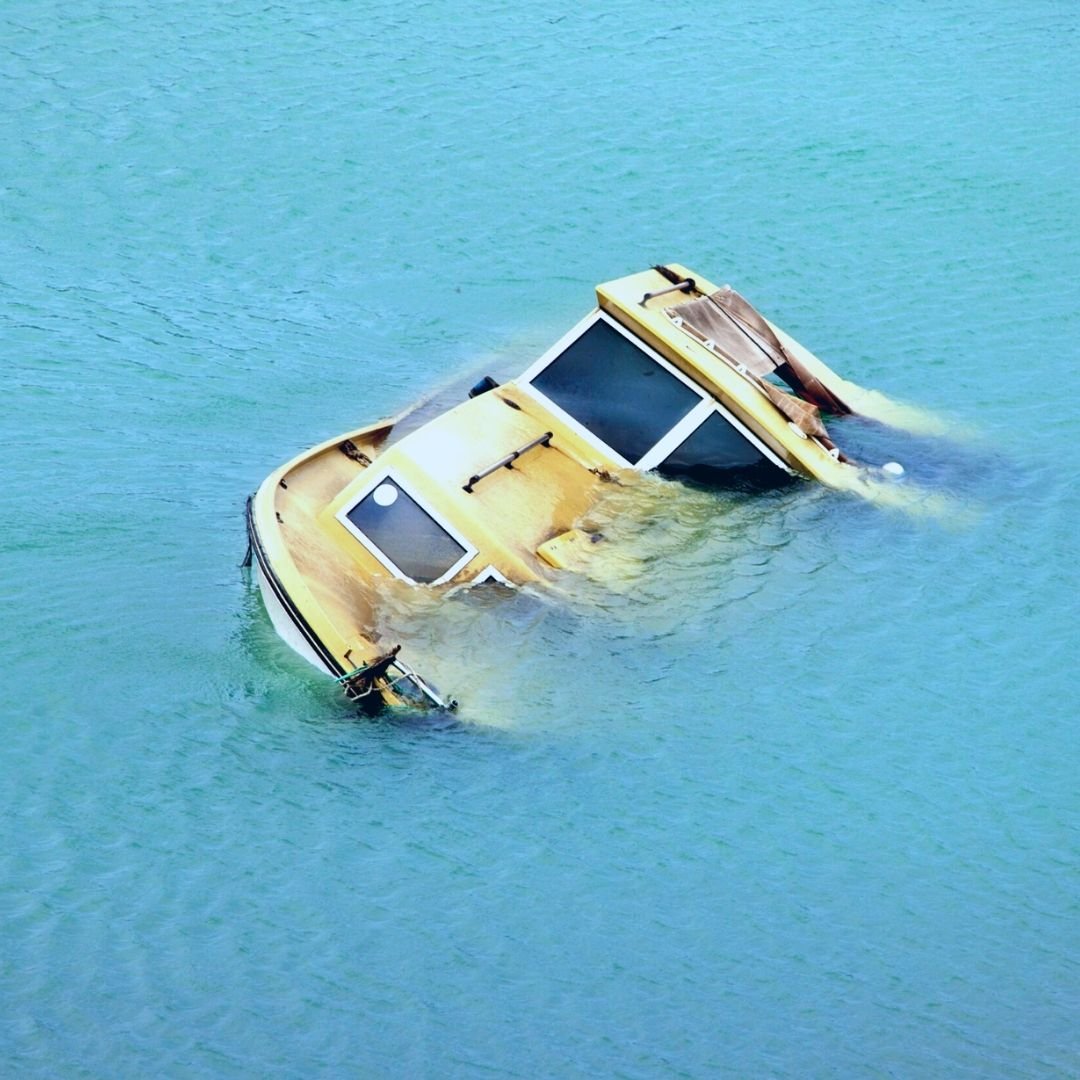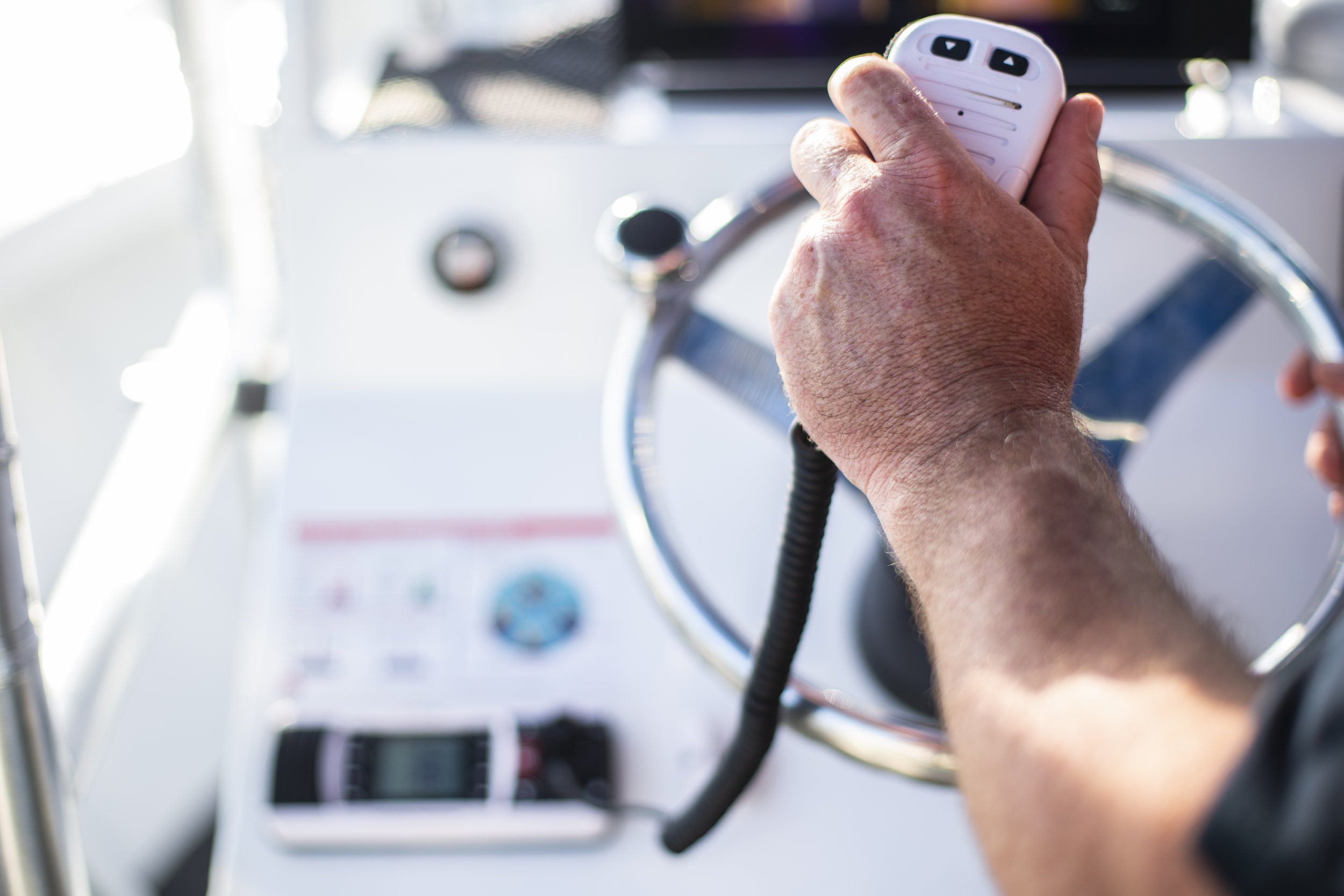WHAT IS THE MAIN CAUSE OF FATAL BOATING ACCIDENTS?
Boating accidents are responsible for thousands of injuries and deaths every year across the globe. While the number of boating-related injuries and deaths has dropped considerably in the past two decades, accidents and fatalities still occur out on the water.
Drownings continue to be the leading cause of fatalities in boating, in large part to people not wearing life jackets. Accidents are largely attributed to operator inattention and lack of experience, while excessive speed, alcohol use and improper lookout all play a part.
As a way of example, in a 2020 U.S. Coast Guard Boating Statistics report, it was estimated that about 11.9 percent, or approximately 14.5 million, of U.S. households owned a recreational boat of some type.
In that year, the report recorded 5,265 accidents on the waterways, with 664 attributed to operator inattention, 612 to operator inexperience, 578 to improper lookout.
We examine the leading causes of fatal boating accidents and what action can be taken to prevent them.
1. NOT WEARING A LIFEJACKET
The National Safe Boating Council reported the leading cause of boating deaths was drowning at 75 percent, and 86 percent of those victims weren’t wearing life jackets. Encouraging the proper use and wear of life jackets by owners and passengers continues to present a challenge for boating authorities, as there are persisting traditional attitudes towards boating safety.
Life jackets are proven to save lives in incidents where boaters fall, capsize or are thrown from vessels, and increases survival rates of those stuck in the water. Those who are not strong swimmers should wear a life jacket at all times, as it will help to keep the wearer's head above the water for longer and provides enough buoyancy to keep them afloat. A life jacket will also assist a person exposed to cold shock from the water, providing support as the effects of hypothermia and general exhaustion sets in.
Life jacket awareness programs contribute to the long‑term decline in the rate of recreational drowning fatalities, and a properly fitted life jacket remains a crucial piece of gear when it comes to preventing accidents at sea.
2. OPERATOR JUDGEMENT
Most accidents are caused by the operator of the boat. Inexperience, inattention and failure to perform proper lookout checks have been the main contributing factors that lead to fatal boating accidents. A short lapse in keeping a proper lookout is dangerous at any speed. In most cases, this is a result of the operator receiving a lack of training.
Unsafe navigation and towing practices have also been shown to contribute to a number of accidents and injuries.
In the 2020 U.S. Coast Guard Boating Statistics report, it was shown that 77 percent of deaths occurred on boats where the operator did not receive boating safety instruction. Only 12 percent of deaths occurred on vessels where the operator had received a nationally-approved boating safety education certificate.
3. ALCOHOL USE
Being under the influence of alcohol while operating a vessel is the leading known contributing factor in fatal boating accidents around the world. It is a common occurrence reported by most country’s boating authorities and is the primary focus to reduce deaths, accidents and injuries.
The prevailing attitude that operating a boat under the influence of alcohol is somehow safer than drunk driving is slowly changing but is still a factor in why so many alcohol-related accidents occur on waterways. When consuming alcohol on a boat it is shown that balance, judgment and reaction time are affected almost immediately.
It is advised that boat operators do not drink, or limit their alcohol consumption, and be aware of the effects of alcohol while on the water.
4. EXCESSIVE SPEED
A chief cause of boating accidents is not matching speed to conditions or setting. In most reports, speeding is a significant reason accidents occur out on the water. Ignoring speed signs, misjudging boat traffic and risk-taking behaviour leads to excessive speeds and boating fatalities. Excess speed often leads to two vessels being involved in a collision.
Operating a boat at high speed means it takes more time to stop or change direction, making it difficult to avoid a crash. It is advised that boaters reduce speed when possible around potential hazards to improve reaction time and avoid collisions. At high speeds, even a momentary absence from keeping a proper lookout can easily contribute to an accident.
5. HAZARDOUS WATERS
Operating a vessel in unknown territory, tight waterways or water with limited visibility under the surface is hazardous and requires constant vigilance from the operator. Hidden sandbars, submerged objects and unmarked channels present the greatest danger to boaters navigating waterways.
Any sudden impact to the boat could send its passengers flying and cause fatalities or serious injuries. The best measure to avoid any accidents is to plan a trip thoroughly, identifying any potential hazards before embarking on the vessel. The Deckee app has many tools to assist the safe planning of a voyage, with access to maps, navigation aids, wind and tidal charts, as well as safety information and alerts from leading boating authorities.
6. WEATHER
Storms, large waves and strong winds should all be closely monitored by an operator of a vessel. The weather has the ability to change very quickly and can lead to catastrophic fatalities and accidents for those on a boat.
Poor weather conditions make smaller craft such as tinnies and paddle craft harder to handle, while reduced visibility impairs operators ability to navigate and increases the risk of a collision or running aground. Operators who misjudge changing weather conditions and the risks associated with going out boating put everyone in unnecessary danger.
Check the forecast using the Deckee app ahead of time, and monitor the situation whilst on the water. Make sure the vessel is designed to handle the conditions and have the right safety equipment aboard. If there is any doubt, don’t go.
Many boating fatalities and serious injuries are preventable with access to resources and training to improve a boat owner’s awareness.




